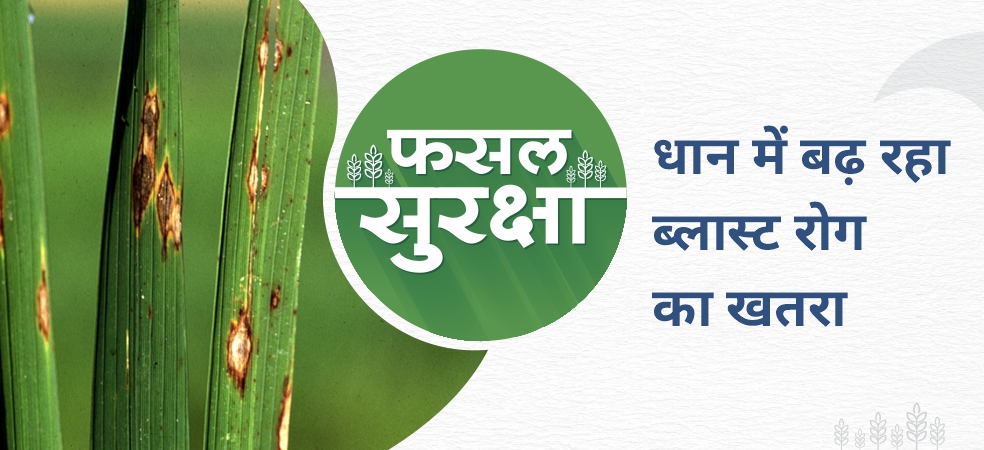-
All aboveground parts of the rice plant (leaves, leaf collar, culm, culm nodes, neck, and panicle) are attacked by the fungus.
-
Initial symptoms are white to grey-green lesions or spots with brown borders
-
Small specks originate on leaves – subsequently enlarged into spindle-shaped spots with an ashy centre.
-
Older lesions are elliptical or spindle-shaped and whitish to grey with necrotic borders, several spots coalesce to form big irregular patches.
-
The nodal infection causes the culm to break at the infected node
-
Internodal infection also occurs at the base of the plant which causes white panicles similar to that induced by yellow stem borer or water deficit
-
Lesions on the neck are greyish brown and cause the girdling of the neck and the panicle to fall over
-
If infection of the neck occurs before the milk stage, no grain is formed, but if infection occurs later, grains of poor quality are formed
-
Lesions on the branches of the panicles and on the spikelet pedicels are brown to dark brown.
-
For its management, spray Tebuconazole 50% + Trifloxystrobin 25% WG 150 gm/acre or Tricyclozol 70% WP 120 gm/acre or Isoprothiolane 40% EC 300 ml/acre.
-
Spray Pseudomonas fluorescens 250g/acre for organic management.
ShareWith the sowing of the crop, connect your farm with the My Farm section of the Gramophone app and keep on getting the exact advice and solutions related to smart agriculture throughout the crop cycle. Share this article with your friends with the share button below.

